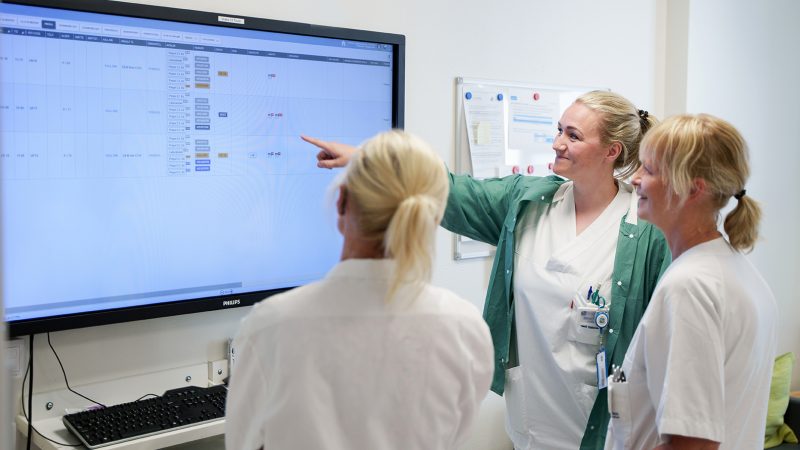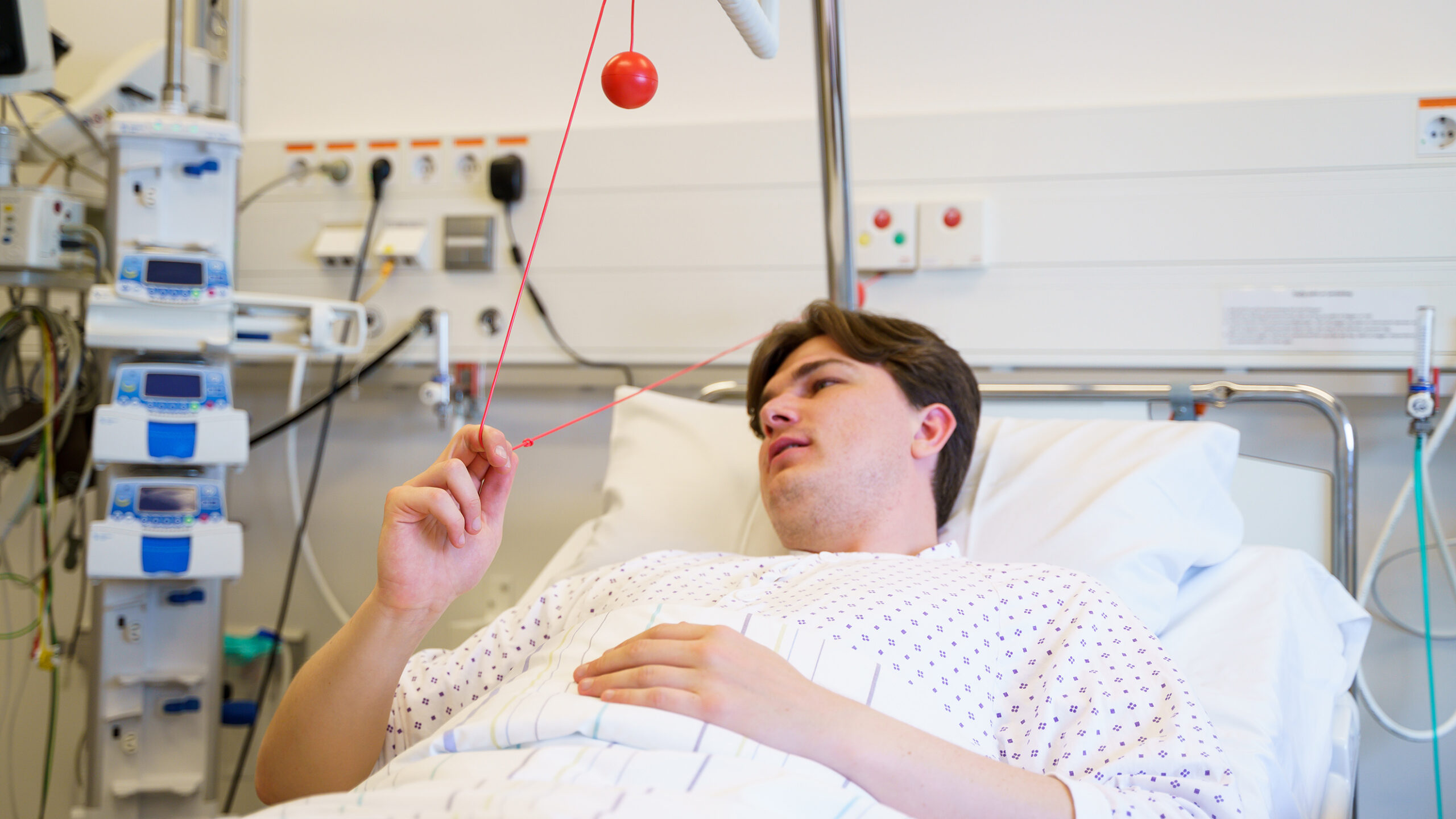Simplifying communication across clinical and non-clinical teams
The challenge
Hospitals are complex environments where effective communication is critical — both between clinicians, and across all supporting roles. Yet, much of this communication is fragmented and still relies on phone calls, pagers, whiteboards, and verbal, untraceable messages.
Clinical staff are often interrupted by non-urgent requests. Support services are left waiting for updates or chasing instructions. Important information gets lost in handovers, misheard in noisy corridors, or delayed due to unclear roles and responsibilities.
This fragmented communication can lead to delays in patient care, stress and frustration across teams, duplicated or missed tasks and increased risk of avoidable errors
The approach
A connected hospital is about more than technology. It’s about people having the right information at the right time to do their jobs effectively. This includes everyone involved in patient care: nurses, doctors, porters, lab technicians, cleaning staff, administrative teams, and more.
By using a mobile, role-based communication platform, hospitals can streamline information flow across all departments — without increasing noise or creating extra steps for staff.
Related case studies
£3,000 saved per bed
annually as a result of digitising and silencing nurse calls at Royal Cornwall Hospital NHS Trust >
€130,000
in yearly improvements as a result of improved communication and digital cleaning coordination at Østfold Hospital Trust >
Lab results delivered
2 hours faster
from sample decision to receiving lab results at Østfold Hospital Trust >
How it works in practice
Clear, targeted alerts and messages
Instead of broadcasting updates to everyone, alerts are routed to specific individuals or roles based on real-time context (e.g. shift, responsibility, ward location). A lab technician gets a message when a sample is ready for pickup. A cleaner receives a task when a bed is vacated. A nurse receives only alarms relevant to their assigned patients.
“Silent Hospital” visual, quiet notifications that respect the environment
Instead of overhead paging or repeated calls, responsible staff receive vibrating or visual alerts directly to their device — reducing unnecessary noise in wards, especially during night shifts or recovery periods.
Integrated chat and task tools
Staff use mobile devices to update patient status and task progress directly at the point of care. This eliminates paper notes and manual transcription, reducing errors and freeing up time that would otherwise be spent walking to workstations. For example:
- A lab can update the ward about sample status without making a call.
- Cleaning teams can confirm task completion without disturbing patient care
- No need to track down colleagues or interrupt workflows — everything happens in one place.
- A nurse can request patient transport directly from any device and any location.

Personalised worklists and views
Each staff member sees only what’s relevant to them: assigned patients, pending tasks, critical alerts. This reduces cognitive load, improves accountability, and ensures smoother handovers between shifts.
Shared overview of real-time patient flow
Digital boards show live data on bed availability, patient status, isolation requirements, expected discharges, and cleaning schedules — enabling better coordination between departments. For example, the emergency department can view ward capacity and isolation status in real time, speeding up patient transfers without multiple phone calls.

This level of transparency reduces delays, improves situational awareness, and replaces fragmented communication with shared, real-time information.
Results seen in practice
Hospitals using this coordinated communication model report:
Fewer communication breakdowns between departments
Faster task completion (e.g. portering, cleaning, lab response)
Reduced interruptions to clinical work
Shorter delays in discharge and transfers
Improved collaboration among clinical and non-clinical teams
Proven impact includes:
2-hour reduction from ordering to receiving lab results
0,5 days reduction in ALOS, corresponding to £ 3 000 annual savings per bed
+ 12% improvement in patient sleep quality due to reduced noise

Why it matters
Good communication improves efficiency and care. When everyone across the hospital is connected, informed, and able to act quickly, the result is a safer, calmer, and more coordinated environment for both patients and staff.
Simplifying communication is not about adding more messages, it’s about making every message count.
Want to learn how to connect your teams with clarity?
Want to simplify communication across departments without adding noise? Our platform helps clinical and non-clinical teams stay aligned with targeted alerts, shared dashboards, and mobile task updates.
If you’re ready to reduce delays and improve coordination, we’re here to help.


